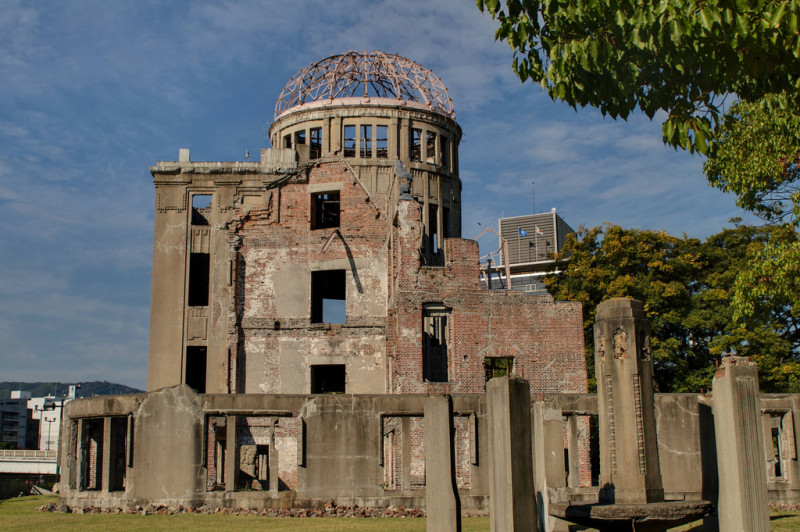
The Hiroshima and Nagasaki were among the most unfortunate events in the human’s history. The atomic bomb is such a horrific weapon that should be never used again. Japan is the only country in the world that experienced its power. Here are 15 things you should know about the two bombings.
1. Almost 200.000 people died
The atomic bombs in Hiroshima and Nagasaki were among the most destructive events in the modern history. Almost 200.000 people died and thousands of others were injured. Many died right away by direct exposure to the bomb or by being crushed inside buildings while others went through torturous moments and struggled for days and even weeks before giving their last breath.
2. People close to the bomb were simply vaporized
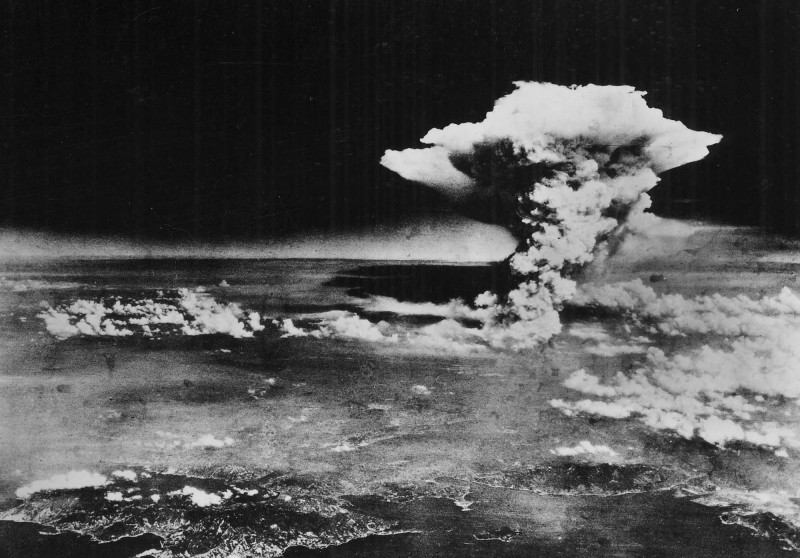
The heat in the explosion area was so high that people that were standing close disappeared almost instantly from this world. All that remained was their shadow. The strong light from the bomb changed the colors of the surroundings and created shadows in the shape of the objects and people that were nearby. The last moments of these people were immortalized in a sinister way: a man with a ladder was working on a house, an old person with a cane was walking, and a small child was jumping a rope.
3. Citizens in Hiroshima first thought it was a biological bomb
In the first few days, people in Hiroshima had no idea what happened in their city. Official news could not reach them, and rumors were the only way of finding out about the situation. Because many of the survivors were very sick, rumors spread that the Americans dropped a biological bomb to spread a deadly disease among people. The truth was found out several days after when help from other big cities started arriving.
4. The closest known survivor was only 170 meters from ground zero
Eizo Nomura is the closest to ground zero known survivor to the atomic bombs. He was working in the basement of the Hiroshima Prefectural Fuel Rationing Union, just 170 meters from the place where the bomb exploded. Being in the basement, the heat wave and the initial blast did not affect him. He barely managed to exit the building and struggled for a long time with the radiation effects.
5. There are people who survived both bombings
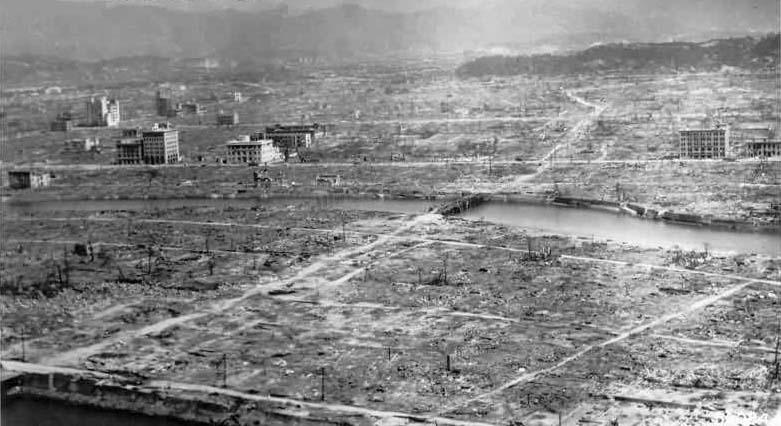
For some people, the atomic bomb was not a single event in their lives. Tsutomu Yamaguchi is officially known as a survivor to the both bombs. He was working on an oil tank in Hiroshima for Mitsubishi Heavy Industries when the bomb hit. He luckily survived the blast even though he was just 3 kilometers away from ground zero. He managed to return to his hometown Nagasaki and went to the hospital to have his wounds treated. After being discharged, the second bomb hit Nagasaki. He survived again, and so did his family.
6. Duck and cover
After the Hiroshima bomb, many people went to Nagasaki and informed others of the bomb and how they managed to survive it. They told people to duck and cover themselves as soon as they hear a blast. As a result, many people followed this advice and managed to survive. Casualties in Nagasaki were much fewer thanks to the warning.
7. Not all crew members from Enola Gay were told about the mission
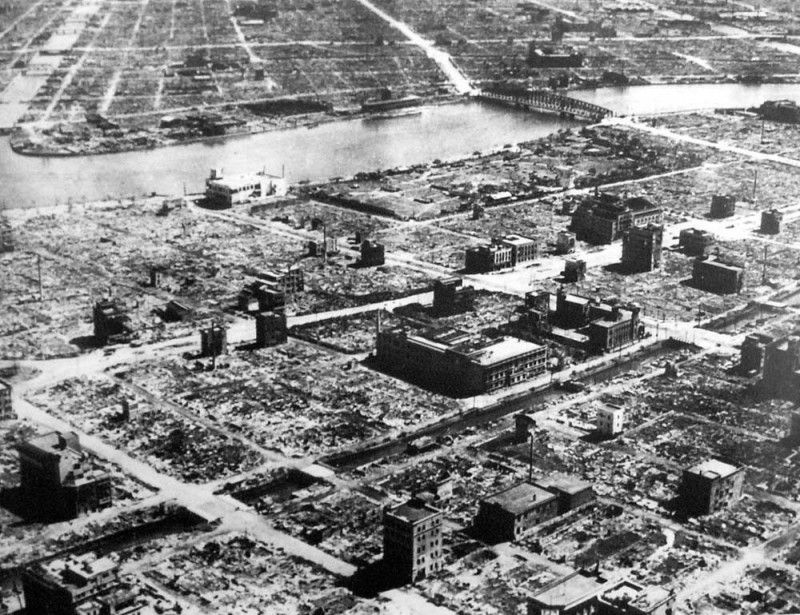
The crew of Enola Gay, the plane that dropped the bomb over Hiroshima, was not told that they were chosen for an atomic bomb mission. The only information that they received was that their action could end the war and that the bomb used will be very powerful. Only a few members fully known the nature of the mission they embarked on.
8. Nagasaki was chosen instead of Kyoto
Nagasaki was not initially on the atomic bombing list. Kyoto was originally meant as the target because there were many military organizations and factories located in the city. But Kyoto was removed from the list thanks to Secretary Henry Stimson, who managed to convince the others about the cultural importance of the place. Henry Stimson visited Kyoto many times before the war and apparently was in love with Japanese culture.
9. There is a fire from the bomb which has been burning from 1964
The fire burning from 1964 was taken from a fire caused by the bomb. A man living in Hoshino brought the fire in a portable warmer from the ruins of his uncle’s burning house to keep it burning in his memory. He kept it burning at his house’s shrine until he died, when the flame was transferred to the town’s administration. The flame is now kept in a monument and was taken to other places in Japan, such as Toshougu Shrine in Ueno, Tokyo.
10. Oleander flowers were the first to bloom after the bomb in Hiroshima
After the bombing, the first flower to bloom again was the oleander. Seeing these flowers in the rubble of the city gave hope to the survivors. Many people said that the sight of a newborn life among the so much death and destruction gave them the power to start over with their lives. This is why now oleander is considered the official symbol of Hiroshima.
11. Little Boy used almost all the existing uranium
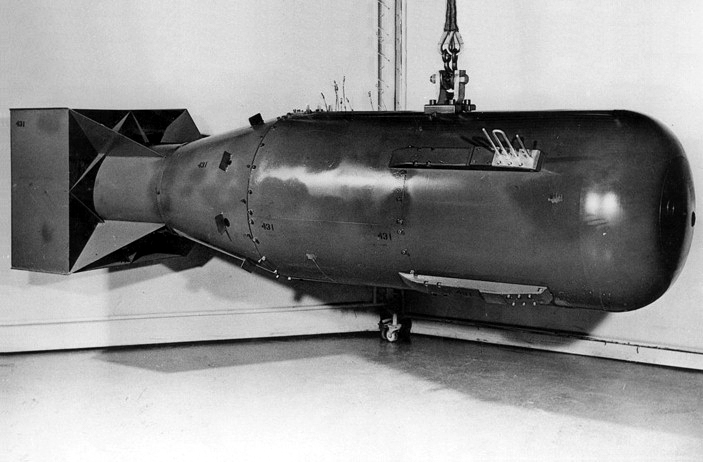
In order to make Little Boy, the bomb that was dropped over Hiroshima, the Americans used 141 pounds of Uranium, meaning almost all the uranium that existed on the planet at the moment. But the destruction was caused by only 2% of the uranium in the bomb. The rest of 98% vanished in the air without having any effect. If the whole quantity of uranium would have exploded, the horrors created by the bomb would have probably been even bigger.
12. Nagasaki was protected by its landscape
The bomb dropped over Nagasaki did not have the effects expected in the original plan. Because the city is scattered over a number of hills, parts of it had a protection from the blast. The hills and the trees took most of the bomb’s power and many more people survived.
13. Hiroshima and Nagasaki are free of radiation now
Uranium and plutonium were used in making the bombs dropped over Hiroshima and Nagasaki. The half-life of uranium is 700 million years, while the one for plutonium is 24.000 years. So why are people living safely today in these two cities? This is because the bombs exploded high in the air and very few radiation particles actually reached the ground. The radiation in Hiroshima and Nagasaki today is among levels found in any place on Earth.
14. Survivors started reconstruction almost immediately
Even though Hiroshima and Nagasaki were flattened by the bombs, survivors started working on the reconstruction a mere few days after the disaster. Because not much help was sent from other parts of Japan, they made the cities running again almost by themselves. Seven decades after, no signs of the bombs remain beside the A Bomb Dome.
15. Hiroshima considers itself a “peace memorial city”
After the bombing, Hiroshima started considering itself a “peace memorial city”. Through the Peace Park and various peace related activities, Hiroshima wants to bring awareness of the horrors an atomic bomb can bring. The city encourages people worldwide to come and hear the story of the tragedy and hopefully get involved in anti atomic bomb movements.














